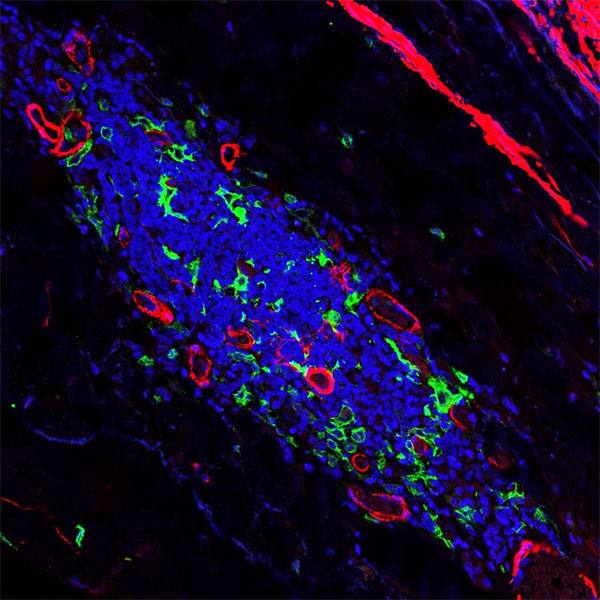-
Exercise Reduces Indicators of Senescent Cells in the Body
Senescent cells, sometimes called zombie cells, are major contributors of aging and can contribute to symptoms ranging from bone and muscle weakness to cognitive decline and frailty. They are regular cells that no longer function properly, but remain in tissues, causing problems. Researchers at the Mayo Clinic Kogod Center on Aging have shown that regular exercise can reduce the signs of senescent cells and lessen some of the symptoms. The findings appear in the journal Aging Cell.
Two major indicators of cellular senescence that can be measured in human blood samples are senescence-related proteins and several key markers in CD3+ T cells. The researchers tracked these in a group of 34 volunteers with an average age of 67 years during 12 weeks of structured exercise, which included gradually increasing strength and endurance training.
Not only did the indicators of senescence significantly decline, so did many of the symptoms. Many individuals lost body weight and fat and improved in measures of strength and physical function. Participants also reported feeling noticeably better, with less fatigue.
“Our study provides the first evidence in humans that biomarkers of senescent cell burden can be lowered by structured exercise,” says Nathan LeBrasseur, Ph.D., aging researcher and senior author of the study.
Additional team members are first author Davis Englund, Ph.D., Ayumi Sakamoto, Chad Fritsche, Amanda Heeren, Zu Zhang, Brian Kotajarbi, Denice Lecy, Marissa Schafer, Ph.D., Thomas White, Ph.D., and Elizabeth Atkinson of Mayo Clinic, and Matthew Yousefzadeh, Ph.D., University of Minnesota.
The research was supported by the National Institutes of Health, the Pritzker Foundation, and the Irene Diamond Fund/American Federation on Aging Research Postdoctoral Transition Award.







